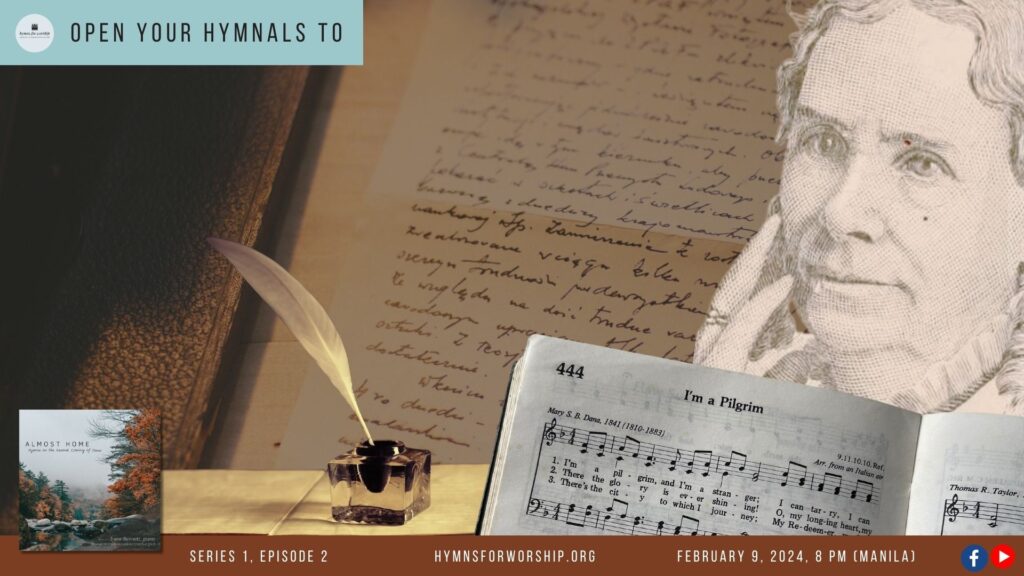JESUS CHRIST >> Birth
SDAH 128
Break forth, O beauteous heavenly light,
And usher in the morning;
Ye shepherds, shrink not with affright,
But hear the angel’s warning.


Get the hymn sheet in other keys here
For Worship Leaders
Make each hymn more meaningful with these helpful tools: Short, ready-to-use hymn introductions for church bulletins, multiple ways to introduce a hymn based on your worship theme and in-depth history and insights to enrich your song service.
Hymn Spotlight: Break Forth, O Beauteous Heavenly Light
This radiant hymn invites us to rejoice with the angels over Christ’s birth—a light dawning in a darkened world. Its text, originally penned in 1641 by Johann Rist, was later embraced by J.S. Bach, who gave it musical wings in his Christmas Oratorio. The version we sing today includes a stanza by Norman Johnson, written centuries later but echoing the same longing for God’s redeeming presence.
The title’s call—“Break forth!”—is both a song of praise and a prayer: that Christ, the Light of the world, would shine not just in Bethlehem’s skies, but into our hearts and lives today.
As we lift this hymn in worship, may we remember the everlasting light we wait for in His soon return.


Text
1
Break forth, O beauteous heavenly light,
And usher in the morning;
Ye shepherds, shrink not with affright,
But hear the angel’s warning.
This Child, now weak in infancy,
Our confidence and joy shall be,
The power of Satan breaking,
Our peace eternal making.
2
Break forth, O beauteous heavenly light,
To herald our salvation;
He stoops to earth – the God of might,
Our hope and expectation.
He comes in human flesh to dwell,
Our God with us, Immanuel,
The night of darkness ending,
Our fallen race befriending.

Hymn Info
Biblical Reference
(a) Luke 1:78; 2:9; Rom 16:20 (b) Phil 2:7; Matt 1:23
Author
Johann Rist (1607-1667); Norman E. Johnson, st. 2 (1928-1983)
Copyright
Second stanza copyright 1973 by Covenant Press. Used by permission.
Hymn Tune
ERMUNTRE DICH
Metrical Number
8.7.8.7.8.8.7.7.
Composer
Johann Schop (1590-1664)
Arranged
J.S. Bach (1685-1750)
Theme
BIRTH OF JESUS CHRIST





